Back
What is Darjeeling Tea? Guide to the “Champagne of Teas”
05/08/2024 | Written by Kate Tant
Sustainability
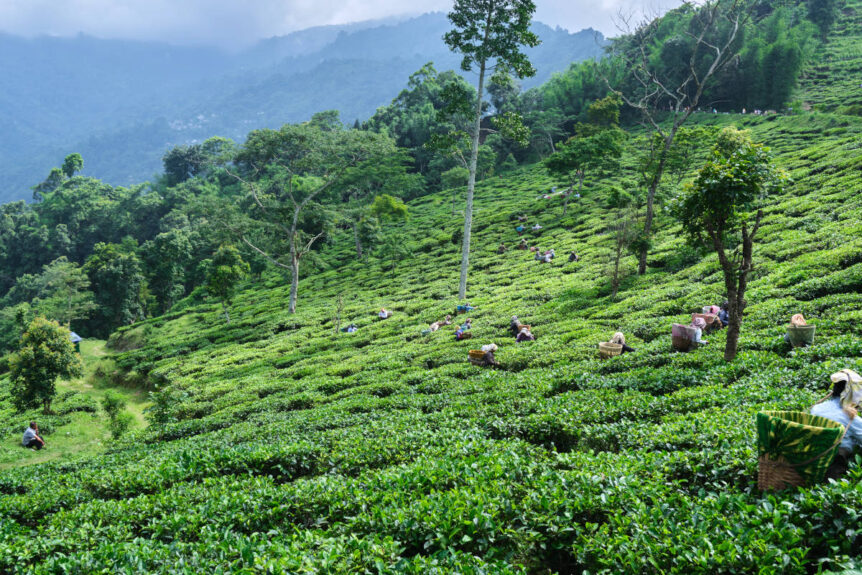
In the misty slopes of the Himalayan foothills lies Darjeeling, a town in India’s West Bengal state once known as a summer getaway for the British Raj elite. This bustling hillside town is famed for its distinctive tea—Darjeeling Tea. What is Darjeeling tea? And what makes this particular tea plant stand out in the vast realm of the world’s most consumed beverage?
Known as the “Champagne of Teas,” this unique cuppa is celebrated worldwide for its nuanced flavor profile, vibrant aroma, and complex nature. Part of its allure lies in the history of its cultivation in the distinct microclimate and altitude of the Darjeeling region.
But its enchantment with tea connoisseurs worldwide is about more than just its geographical location. Through the ages, Darjeeling tea growers have devised a meticulous cultivation process of harvesting and processing the tea leaves, which imbues Darjeeling tea with the essence of the Himalayan mist and the richness of the terrain and culture from which it comes.
What Is Darjeeling?
Darjeeling is an energetic city of over 180,000 people perched in the Himalayan foothills. With its colorful buildings and panoramic views, Darjeeling has a centuries-old history and culture. It is located between Kathmandu and Bhutan in the northern region of West Bengal, India. It was once included in Nepal’s territory. But in 1835, the East India Company negotiated a lease for a parcel of land to be used as a sanatorium or resort for the British to escape the heat of India’s plains.
Situated at about 6000 feet above sea level, they found that Darjeeling’s cool and temperate climate with moderate rain is ideal for tea cultivation. In fact, the inception of Darjeeling’s tea industry dates back to the East India Company in the 19th century. Prompted by trade issues with China, the British sought other avenues for tea importation.
Darjeeling’s Distinctive Culture
Recognizing the potential for tea cultivation in India’s terrain and climate, European investors acquired large tracts of land in the surrounding hillside in the mid-1800s and built plantations called tea gardens. This venture marked the beginning of Darjeeling’s journey to becoming recognized as a leader in tea production. The traditional tea-growing and processing methods handed down through generations are still honored today.
The name “Darjeeling” is derived from two Tibetan words: “Dorje,” meaning thunderbolt, and “ling,” meaning place or land. These words translate to “the land of the thunderbolt,” paying homage to the region’s dramatic natural beauty and atmospheric conditions.
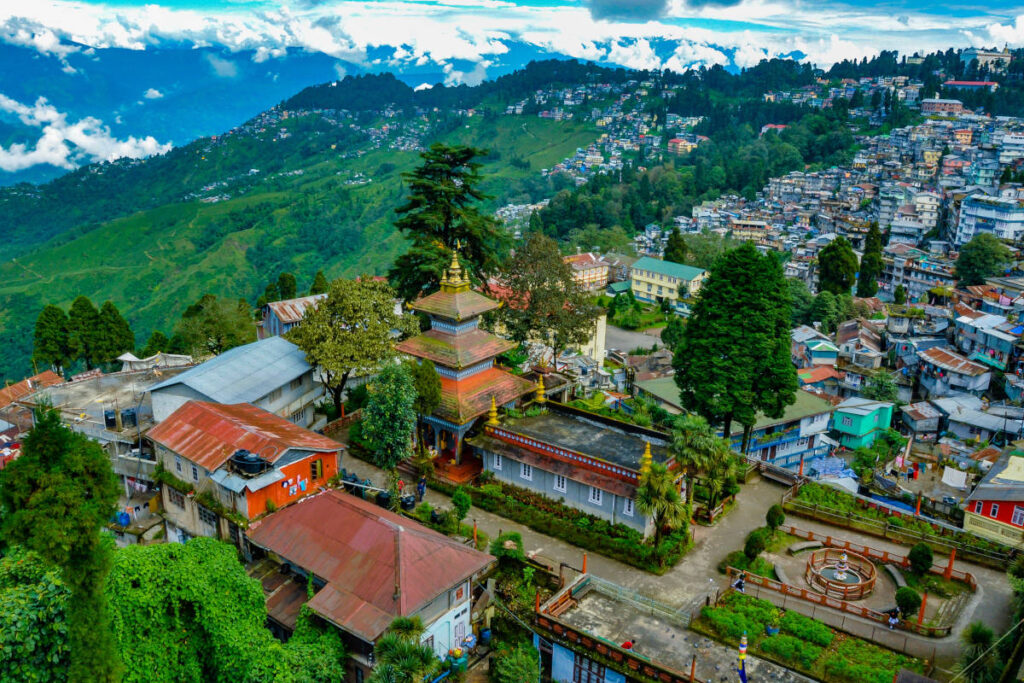
What Is Darjeeling Tea?
Darjeeling tea refers to the distinctive tea grown exclusively in the tea gardens of the Darjeeling district of West Bengal, India. It is made from the tea variety Camellia sinensis. The tea leaves are harvested by hand throughout the season during the flushes or harvests when only the top few leaves are plucked.
This tea, which can be found as a Black, Green, Oolong or White is known as the “Champagne of Teas” for a couple of reasons.
First, because of its intricate intermingling of complex flavors, which mirrors the sophistication of notes found in Champagne’s bubbly effervescence. Second, just as Champagne is protected by a geographical indication (GI), so is Darjeeling tea.
Since 2004, Darjeeling tea has been registered with a geographical indication, which means it can only be grown in the Darjeeling region of India. It is heavily regulated. Each grower, or tea estate, has to be licensed by the Tea Board of India to produce Darjeeling tea. In 2024, 87 licensed tea estates produced 10,000 tons of tea per year.
What Kind of Tea Is Darjeeling?
Darjeeling is most famous for its black tea, but the region also produces white, green, and oolong teas. The type of tea produced depends on how it is processed. Each type of tea undergoes a specific processing method, which also depends on the flush from which it was harvested.
What Does Darjeeling Taste Like?
The taste of Darjeeling tea can significantly differ between flushes. The first flush typically yields a light and delicate, aromatic tea with floral and grassy notes, along with a nuanced fruitiness. You may even notice the ambiance of fresh mountain-air flavors.
The second flush offers a richer, darker brew that is robust and full-bodied with a distinctive musky flavor similar to muscat wine. This is partly due to the leaves having the opportunity to mature longer within more humid conditions, but also a product of the processing method.
Darjeeling teas are known to be sweeter and less astringent than most black teas. However, they still provide a unique mouthfeel that “dries” the top of the mouth. The flavors are more complex and can differ with brewing time and temperature.
Is Darjeeling Tea High in Caffeine?
The exact amount of caffeine in Darjeeling tea can vary depending on several factors, such as the tea plant variety, processing method, elevation, and which flush or harvest it was picked during. For instance, eight ounces of Darjeeling Black Tea may contain 50-70 milligrams of caffeine, while the level of caffeine in Darjeeling Green Tea is significantly lower at 20-40 milligrams.
Darjeeling tea is harvested in two flushes. The first flush usually occurs in late March to early April and generally has a lighter caffeine content than the second flush. The second flush is harvested in June or July and provides a more robust flavor and stronger caffeine content.
Processing methods can also affect caffeine levels in Darjeeling tea. The higher oxidation process of Darjeeling Black Tea may amplify the caffeine concentration, whereas Darjeeling Green Tea is pan-fried or steamed to stop oxidation, resulting in lower caffeine content.
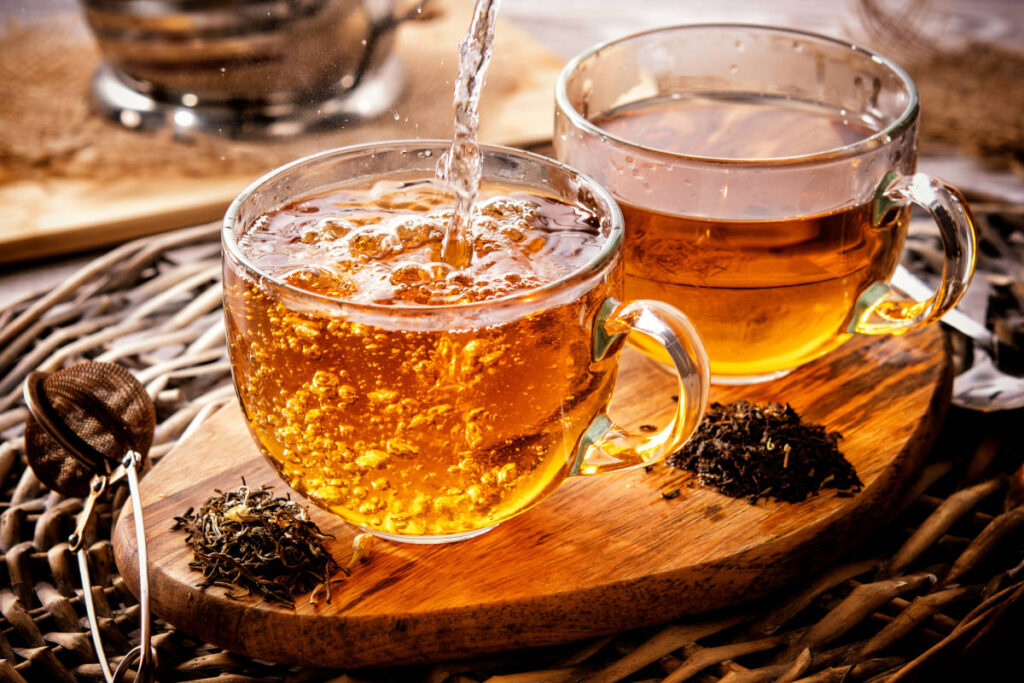
What Is So Special About Darjeeling Tea?
One of the main elements elevating Darjeeling tea above others is its geographical indication (GI) credential that certifies it can only be grown in the Darjeeling region. This designation is a boon for Darjeeling tea estates and is crucial for maintaining the authenticity and quality of Darjeeling tea.
Before Darjeeling received this designation, a significant portion, at least 50%, was grown elsewhere. Today, even though the licensed tea estates only produce about 10,000 tons of tea per year, around 40,000 tons of counterfeit “Darjeeling” tea is estimated to be sold and marketed as authentic Darjeeling tea.
Health Benefits of Darjeeling Tea
As with many teas revered throughout the ages, Darjeeling tea has a myriad of health benefits. Besides the calming, meditative benefits of savoring a fresh, warm infusion, Darjeeling tea contains antioxidants and flavanoids that may potentially help support immunity, metabolism and gut health.*
It’s important to remember that Darjeeling tea contains caffeine, which can vary depending on the type of tea you select. Take care to be mindful of this so as not to succumb to the restlessness and jittery feelings caused by caffeine.
Protecting Darjeeling Tea
Darjeeling tea is experiencing a decline in production and the threat of extinction due to challenges that make its cultivation more difficult each year. A range of economic and political challenges, from costs and pricing to recessions in global markets, have put the future of Darjeeling tea and the tea gardens that grow it at risk.
Darjeeling Tea Production Faces Challenges
Nearly 30% of all Darjeeling tea gardens have been put on the market for sale in the last few years, citing difficulty in operating under the current cost structures. Increasing labor costs, combined with absenteeism—the younger generations are leaving the gardens for opportunities in the city—have led to higher production costs. Environmental factors such as droughts, hailstorms, and non-seasonal intense downpours that wash away topsoil have impacted harvest seasons and tea yields.
This high-altitude tea is threatened by climate change, diminishing yields, increasing production costs, decreasing prices and more. Here are a couple things Organic India’s sourcing partners are proactively doing about it:
Planting Trees.
Darjeeling is famous for its cool, high-elevation conditions that produce a unique and extraordinary tea. However, temps in Darjeeling are rising significantly, which can directly impact tea yield and flavor profile. To help combat rising temperatures, our partners are growing forests of shade and fruit-bearing trees within their tea gardens, which create beneficial microclimates and break up monocultures.
Empowering Farmers.
More than 40% of young farmers have left the Darjeeling tea gardens to make a living in the cities. To foster a greater sense of belonging on the farm, our sourcing partners have empowered farmers with greater voice, decision making powers, respect and fair pay for their manual labor, and land rights opportunities. They have also championed coequality among male and female employees at the farm, mid-management, and leadership levels. For example, Bhavana, a talented and empathetic leader in Darjeeling, is the only female tea garden manager in the region.
Darjeeling Tea Estates Embrace Technology
To combat these challenges, local governments and the tea communities are implementing strategies such as ethical sourcing and regenerative practices in tea gardens. To guard against environmental concerns, growers are redesigning tea gardens. They are interweaving tropical trees throughout the gardens to add cover and replacing low-yielding weak tea plants with more resilient cultivars to increase crop yields.
To mitigate the decline in laborers, tea estates are embracing technology and implementing mechanical weeding and pruning. Auger machines will help with digging, and conveyors will assist with the processing operations. The fine art of tea plucking by hand will remain stalwart in this centuries-old process as more tea gardens merge tradition with convenience.
With these new efforts in place and more to come, we’ll preserve Darjeeling tea and ensure the region’s sustainability and the livelihoods of its tea gardens and estates. Darjeeling tea is as much about the enchanting landscape and rich cultural heritage as it is about the nuanced, aromatic tea itself.
Its legacy is steeped in tradition and continues to captivate tea enthusiasts worldwide. As you savor your next sip of Darjeeling tea, see if you can detect a hint of the misty Himalayan mountains from which it came and revel in the region’s timeless beauty and spirit.
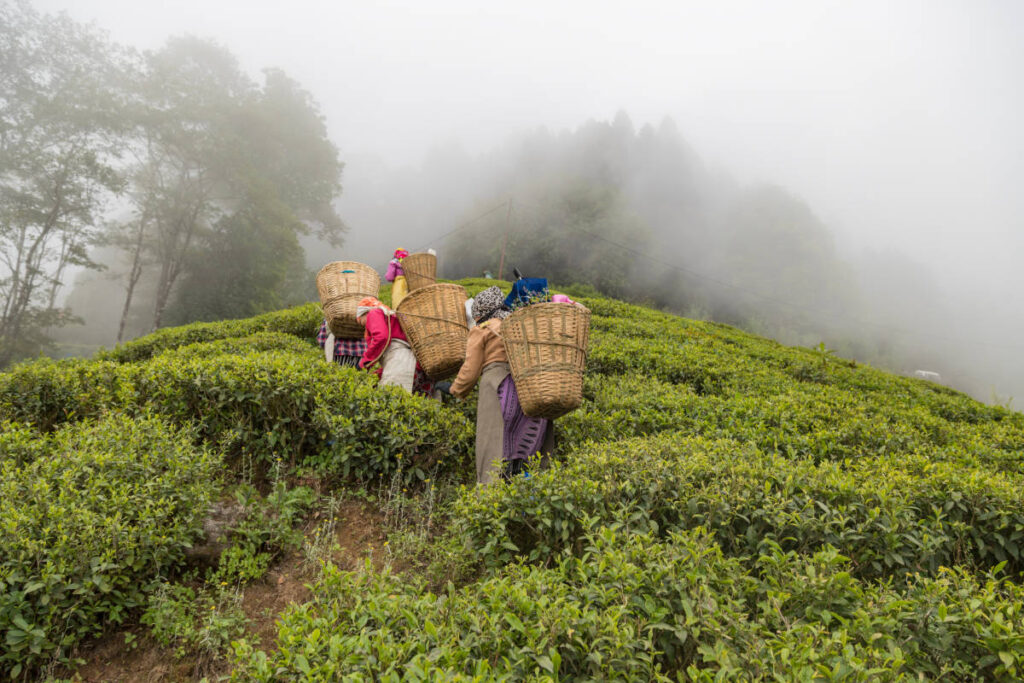
Healthy Conscious Living
Regenerative agriculture is at the core of what we do at ORGANIC INDIA. Our passion for being good stewards of the Earth informs how we show up in business, communities, and even our personal lives. We are committed to providing quality, organically certified teas and supplements, sourcing and partnering with Fair Trade farmers, and true healthy conscious living to support the mind, body, and spirit.

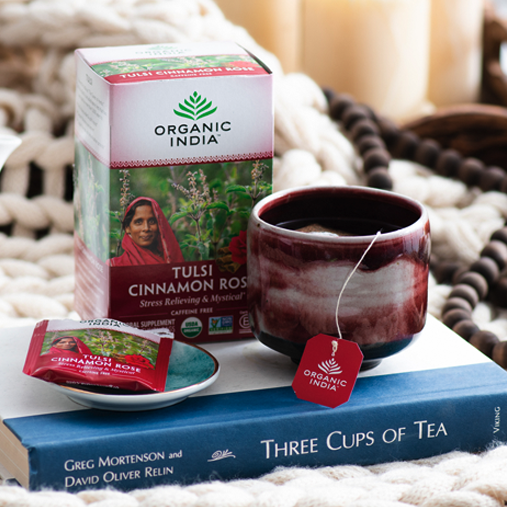
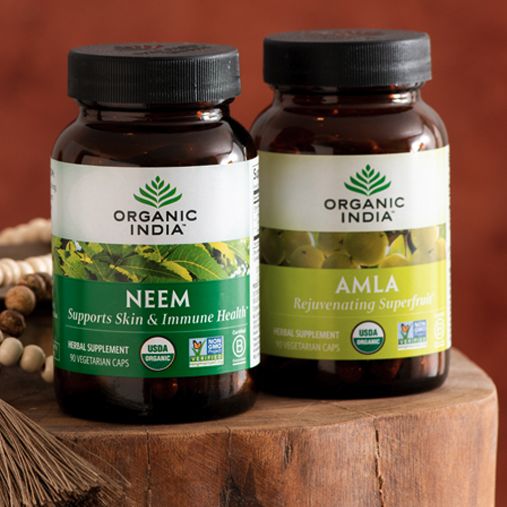
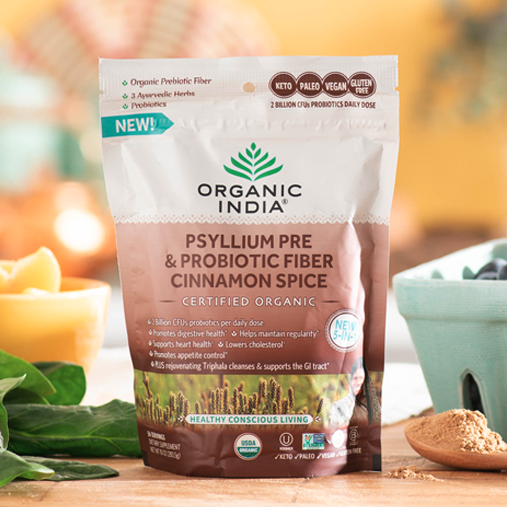

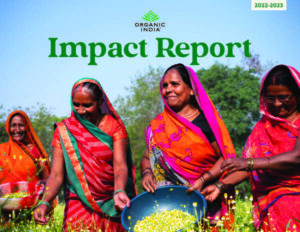
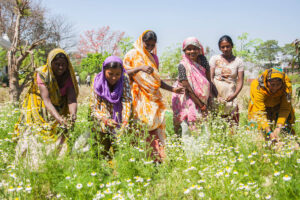
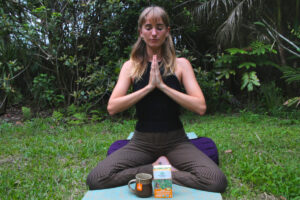
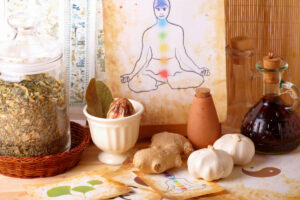
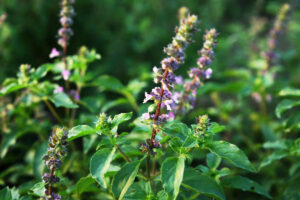
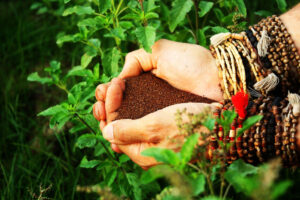
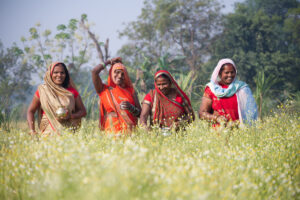

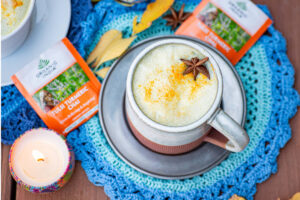
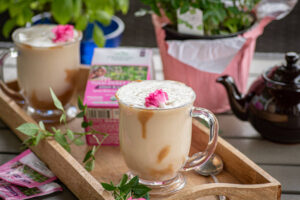
 Kate Tant is a professional health and wellness writer with a strong passion for holistic wellness. Her writing covers topics from Ayurvedic herbs and practices to nontoxic living and intermittent fasting. She is dedicated to helping and encouraging individuals seeking natural solutions to their health.
Kate Tant is a professional health and wellness writer with a strong passion for holistic wellness. Her writing covers topics from Ayurvedic herbs and practices to nontoxic living and intermittent fasting. She is dedicated to helping and encouraging individuals seeking natural solutions to their health.